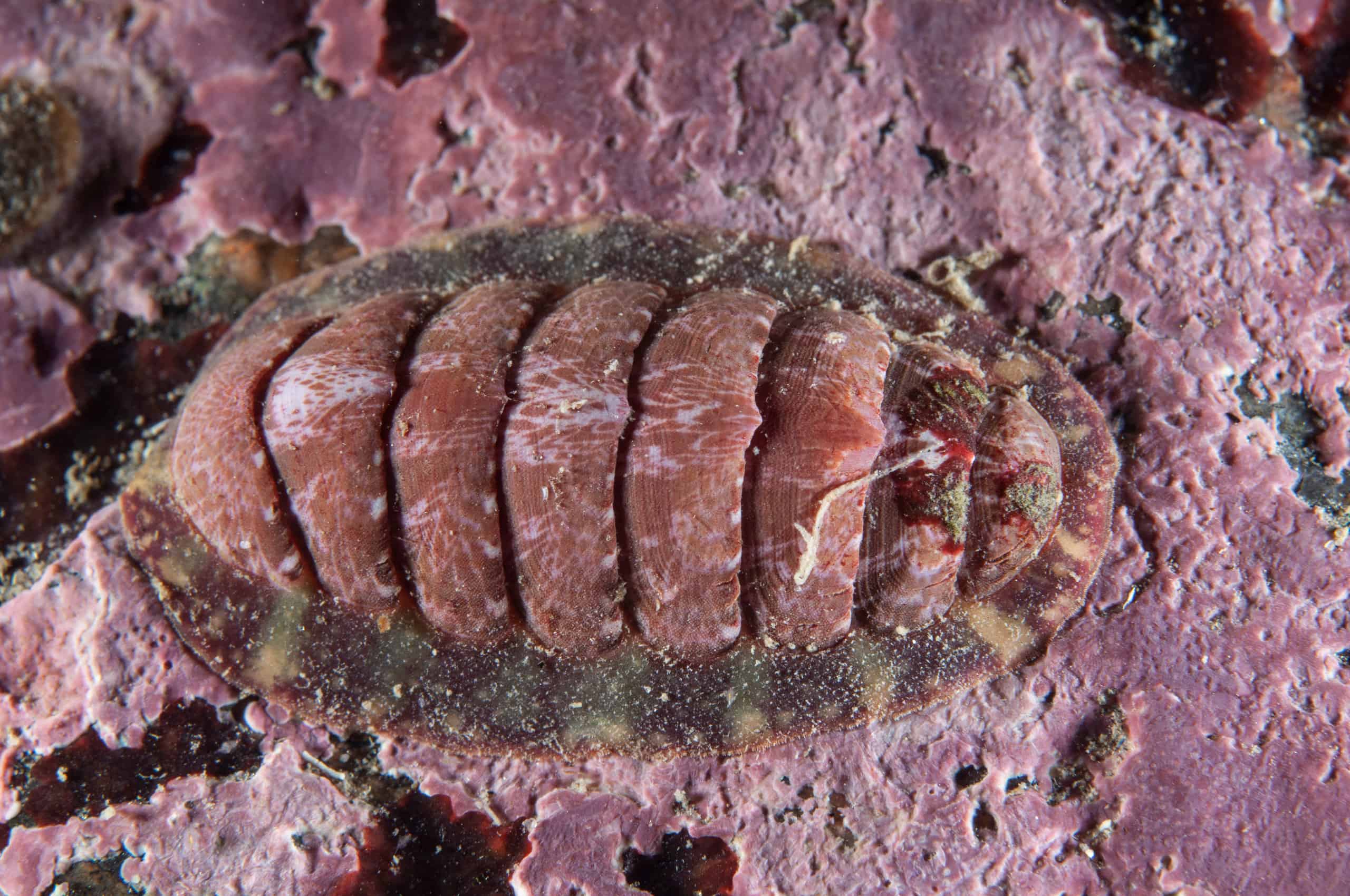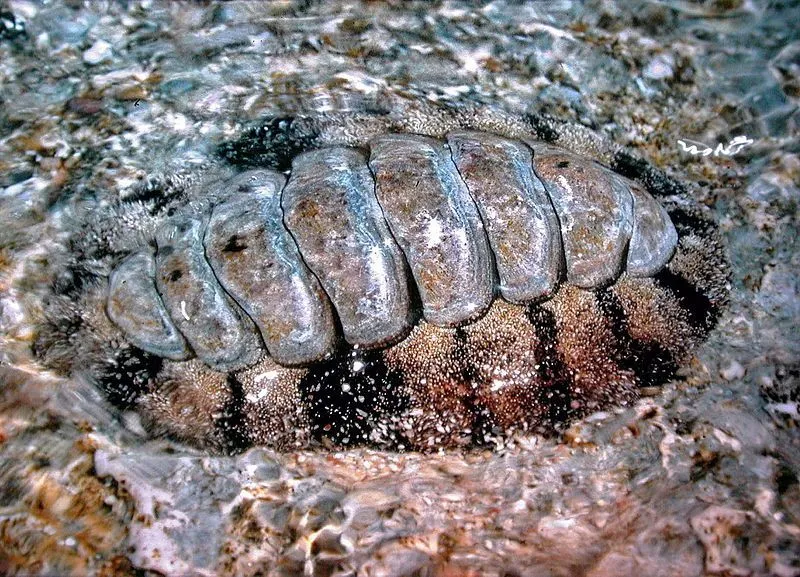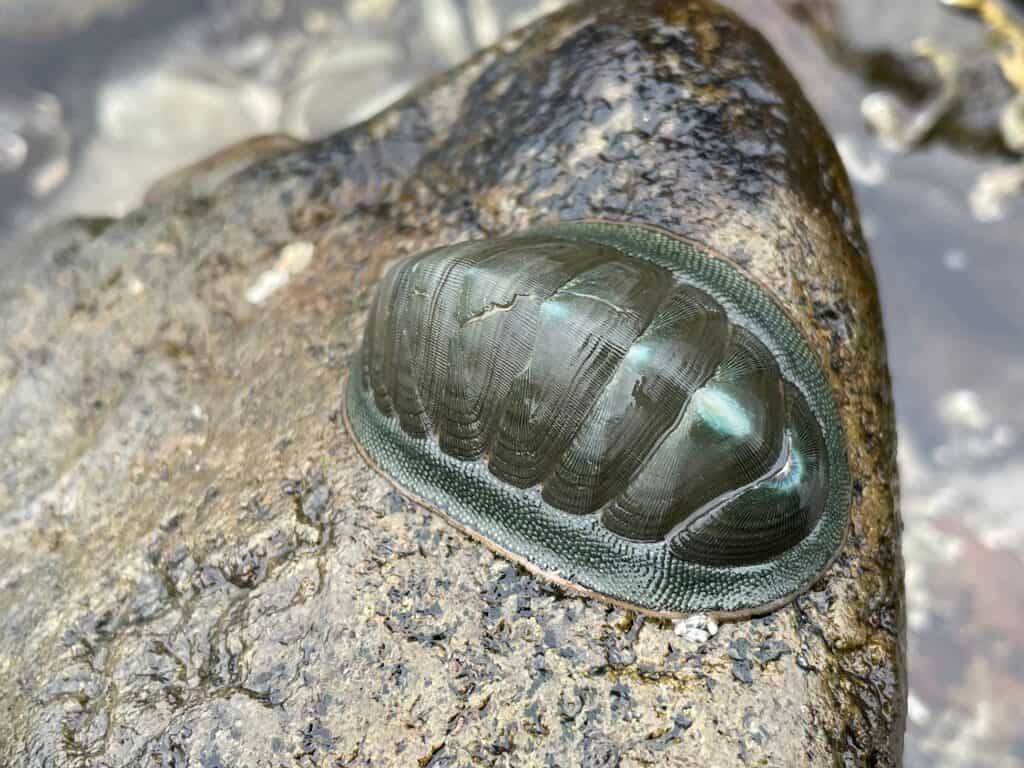Chiton (phylum mollusca) is a type of shelled animal that has been on our planet for a long time.These creatures belong to the class Polyplacophora, whose name comes from a Greek word.
This Greek word means ‘many plates‘, which refers to the eight shell plates on the body of a chiton.

Chitons have one foot and a radula. While these creatures use the foot to attach themselves to rocks, the radula helps scrape rock surfaces.
Over 900 species of chitons live in this world today, and all of them have different traits. Keep reading to know more chiton facts!
Chitons are related to snails, mussels, and oysters due to them being in the same phylum.

One of the main chiton characteristics is that these creatures have eight shell plates on their body, which are arranged in a slightly overlapping structure.
The overlapping arrangement is such that the dorsal plates allow chitons to convert into a ball-like shape when a threat is around.
These shells are surrounded by a girdle. This girdle is known as a skirt and can cover the plates to different extents.

The eight plates also inspire the word for the name of the class that chitons belong to.
The word Polyplacophora comes from a Greek word.
This word means many plates.
The body of loricates or sea cradles can be covered in any length of shell plates and can be of various colors as well.
They have a mouth on the underside of their shell body. Chitons have only one foot.

This foot serves the primary purpose of clinging onto rocks. They also have a radula, tiny teeth-like structures used to scrape rocks.
The size of a chiton, also called a loricate, is usually 2 in (5 cm).
Understandably, these creatures are pretty small and require much protection in their natural habitat.
One species, Cryptochiton stelleri, reaches up to lengths of 17 in (43 cm).
While some chiton species are herbivorous and eat plankton, others are carnivorous.

Chitons can both scrape algae from rocks and eat small invertebrates and fish that are readily available in their marine habitat.
Shell animals of the Polyplacophora class are found across the world.
This is because the many marine species of the class Polyplacophora are highly adaptive, and their structure supports life in many different places.
Chitons can be oviparous or viviparous in nature, depending upon the type of chiton in question.

Most of these shell creatures reproduce through external fertilization.
In contrast, some female chitons keep fertilized eggs inside their ovary until the time for hatching arrives, while others release eggs individually or in strings to be fertilized by males.




